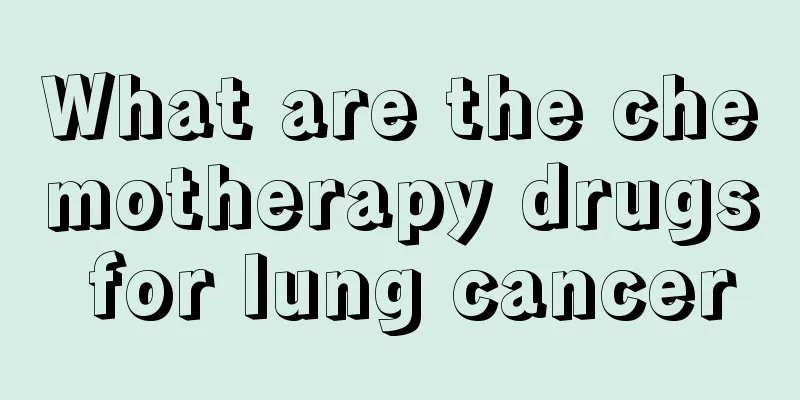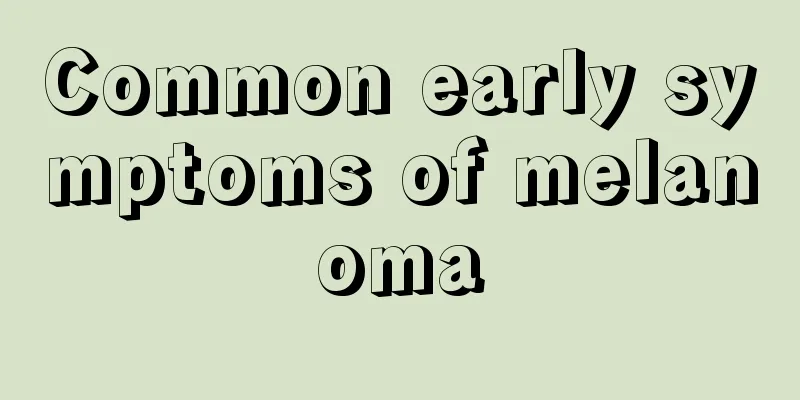What are the chemotherapy drugs for lung cancer

|
What are the chemotherapy drugs for lung cancer? Chemotherapy is one of the three main methods for treating lung cancer. Although chemotherapy has relatively large side effects, its position is very stable. Neoadjuvant chemotherapy before surgery can reduce tumor stage and increase surgical resection rate, and can improve the long-term survival rate of patients with stage III NSCLC. Platinum has always been in a dominant position in chemotherapy, and platinum combined with new chemotherapy drugs is currently the first choice for the treatment of advanced NSCLC. These new chemotherapy drugs include gemcitabine, vinorelbine, paclitaxel, and GP, NP, and PC regimens. According to literature reports, these chemotherapy regimens are more effective than the traditional commonly used regimens CAP and EP, and can be used as first-line chemotherapy regimens for the treatment of advanced non-small cell lung cancer. 1. Gemcitabine is cell cycle specific and is an antimetabolite anticancer drug that mainly acts on the DNA synthesis phase (S phase). Under certain conditions, it can prevent the progression of the G1 phase to the S phase. Its cytotoxic effect in vitro is dose- and time-dependent. 2. The mechanism of vinorelbine is to block the polymerization of tubulin to form microtubules and induce microtubule depolymerization, so that cell growth stops at the metaphase of mitosis. 3. Paclitaxel interferes with the division process of the microtubule system and prevents tumor cell mitosis. For locally advanced or metastatic NSCLC that progresses after first-line platinum-containing chemotherapy and has a suitable behavioral status, docetaxel is recommended as a second-line treatment; 4. Gefitinib combined with chemotherapy cannot improve the efficacy of advanced non-small cell lung cancer. However, experts still recommend gefitinib as a second-line or third-line treatment, and as a single agent for non-small cell lung cancer that has failed platinum-based and paclitaxel chemotherapy. The main side effects of these chemotherapy regimens are bone marrow suppression, hand-foot syndrome, and neurotoxicity. Long courses of treatment can lead to toxic accumulation and cause other treatment-related symptoms and signs. This makes the most appropriate course of chemotherapy for non-small cell lung cancer a very prominent issue at present. There are three main treatments for lung cancer: surgery, radiotherapy, and chemotherapy. As mentioned above, although chemotherapy is very effective, it has great side effects and can cause the patient's physical condition to decline rapidly, resulting in low immunity. Radiotherapy is also a very effective method for treating lung cancer. Currently, the more effective radiotherapy method is CyberKnife. CyberKnife is painless and non-invasive in treating lung cancer, has good effects, and has very few side effects. It can effectively treat lung cancer. |
<<: What medicine is used for small cell lung cancer
>>: Treatment of hip metastasis from lung cancer
Recommend
Can people with small breasts wear seamless bras?
The breasts are the most symbolic part of a woman...
What is the effect of bleeding from the ear tip
Many clinical treatments are very beneficial to h...
Does soap have a shelf life?
Soap is a common cleaning product in our lives. M...
Can nasopharyngeal carcinoma metastasize to gingival cancer?
Can nasopharyngeal carcinoma metastasize to gum c...
How to deal with centipedes at home
Centipede is a kind of insect that everyone is ve...
What is demyelinating encephalopathy?
Demyelinating encephalopathy can damage the white...
Do lizards bite? Are they poisonous?
Lizards are animals with a very long history and ...
Is there any hope for advanced bladder cancer?
Bladder cancer in the late stage cannot be comple...
Is there any ultraviolet light on a cloudy day
There are many elements in nature, including infr...
What are the early symptoms of bone cancer in children
What are the early symptoms of bone cancer in chi...
Which hemorrhoid medicine is good
Having hemorrhoids is a very embarrassing thing. ...
Dietary precautions for prostate surgery Are there any dietary taboos after prostate surgery?
After prostate surgery, it is recommended to pay ...
Is Pu'er tea green tea?
Pu'er tea can be divided into cooked tea and ...
What are the postoperative symptoms of mid- to late-stage nasopharyngeal carcinoma?
What are the symptoms after surgery for mid- to l...
What's the matter with high microalbumin in urine routine test
High microalbumin in urine routine refers to the ...









